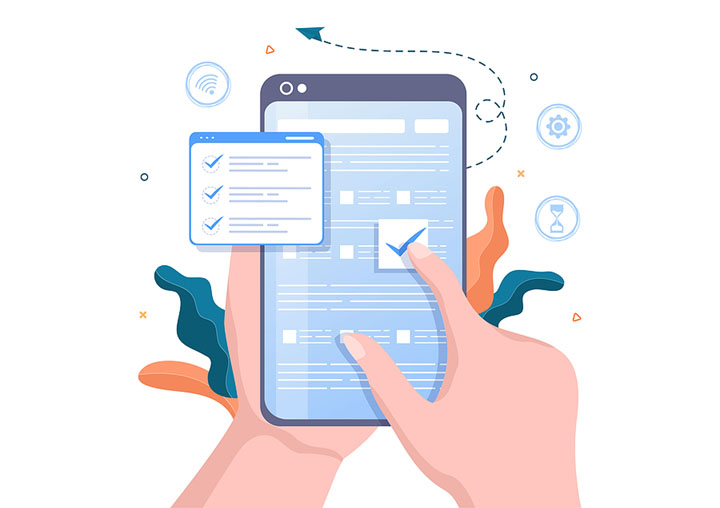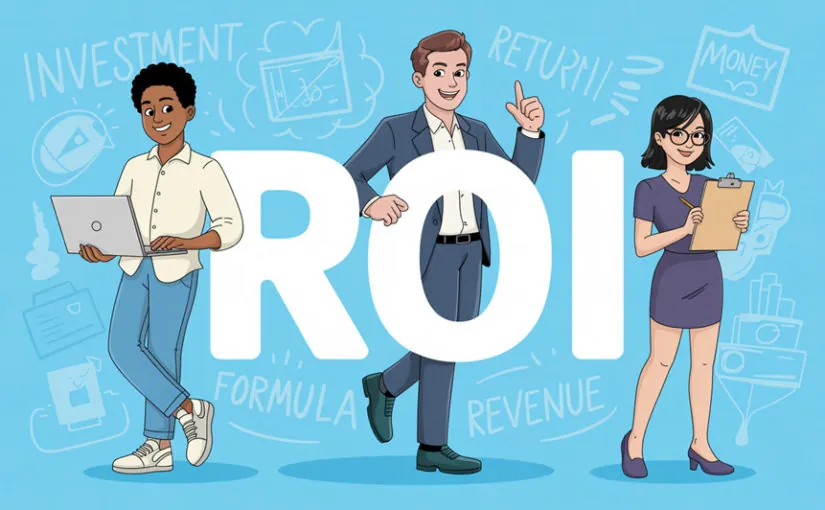It’s not that easy to estimate the size of the bite-size learning industry – as it’s an emerging phenomenon – but what should not be under-estimated is the importance of this new model of learning in this age of time-pressurised corporate learners.
Traditionally, a training needs analysis would take place and then learners would “get sent” on day long training courses or programmes.
However with the bite-size approach learners are upskilled across a sequence of small learning interventions, that can be face to face, online or completely blended that could be spread out over weeks, months or even years.
These bite sized learning sessions can last anything from 90 seconds to about 2 hours.
Bite-size learning is becoming as important as the days when we could rely on learners to come and sit and pay full attention for a 2 day intensive learning course are long gone. That’s why bite-size should be part of your bespoke elearning mix.
Learners are finding it harder to engage with the learning course as they are required to maintain business continuity throughout the learning session via their intrusive mobile devices.
Of course, mobile devices (tablets, phones, wearable technology), can be banned from learning environments, but there is a sense of King Canute holding back the waves.
Thankfully, there is a third way and this is bite-size learning.
This does not mean that we are about to see the death of classroom based, instructor-led learning as research by Office Team shows that on-site, instructor-led workshops are still the most popular form of training.
However, with all the good will in the world, the modern time-pressurised corporate user cannot, if they are honest, engage as effectively as they would like with 1 to 2 day corporate learning programmes.
Thankfully, bite-size learning represents a ‘third way’ of learning that may be advantageous to both trainer and learner.
In this model, trainers might deliver a 8-16 hour course over a series of multiple, bite-size and high impact sessions of perhaps 30, 60 or 90 minutes.
This does yield more benefits than simply being flexible enough to fit around a busy executive’s working life, it actually increases learning.
Apparently, bite-size learning has been shown to be able to increase learning transfer by 17%, according to a 1999 paper in the hundrED.
Also, the BBC conducted an in-house study of bite-size learning versus traditional longer training and found that the bite-size learners had greater understanding, application and retention than day long learners.
Additionally, this study by Sales Crunch shows that learner engagement levels can drop from 91% attentiveness in the first 15 minutes, down to 84% after 30 minutes, to 73% after 45 minutes and 64% after 60 minutes.
The longer training lasts, the less attentive the learner is.
As you can see, bite-size learning allows trainers to more effectively engage with the modern, time pressurised business user, potentially increasing uptake and attendance levels.
However, it also enables trainers to get access to learners in their most receptive state of mind and will ultimately lead to a significantly higher rate of learning versus longer, 1 to 2 day learning sessions.
If you’re ready to level up your L&D strategy with the help of an eLearning company, get in touch with us today!


 It’s not that easy to estimate the size of the bite-size learning industry – as it’s an emerging phenomenon – but what should not be under-estimated is the importance of this new model of learning in this age of time-pressurised corporate learners.
It’s not that easy to estimate the size of the bite-size learning industry – as it’s an emerging phenomenon – but what should not be under-estimated is the importance of this new model of learning in this age of time-pressurised corporate learners.










